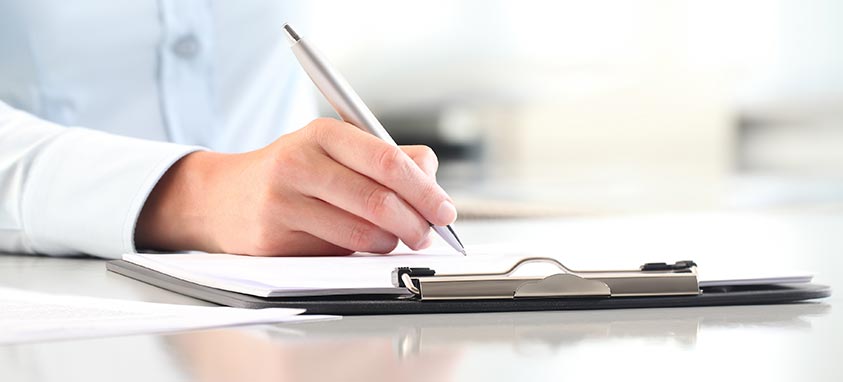It used to be, planners could focus their efforts solely on the success of the meeting or event. Now, as a scan of headlines in recent months makes tragically clear, another priority demands your attention—making it safe. Severe weather, earthquakes, protest demonstrations and, yes, acts of terrorism or mass violence must concern every meeting planner now.
Here’s our checklist for meeting safety, with thanks to a pair of veteran event planners—Greg Jenkins, partner at Bravo Productions in Long Beach, California, and Brady K. Miller, CSEP, owner of Unbricked Communications in Topeka, Kansas.
1. Create a risk management assessment prior to the event, along with a protocol and policy for handling emergency situations. The protocol should be coordinated with the venue, which probably has its own policy for how emergencies should be handled. “On numerous occasions, we have been asked to contact security first, prior to dialing 911,” says Jenkins, who formed his award-winning agency in 1987. “If everyone at your event dials 911, it would create chaos and confuse local law enforcement and emergency agencies.”
Once the risk management assessment and emergency protocol is set, share it among all members of your team. If you contract to have a medic on site (advisable for larger events), be sure to share with that person, too.
2. Plan for the worst possible scenario. One event Jenkins managed was the victim of a bomb threat. “Law enforcement did an entire sweep, and security was beefed up,” he recalls.
3. Map all exit routes. Of course, provide this to your on-site staff, too. “It’s similar to getting on an airplane—you need to know how to exit in case of an emergency evacuation,” says Jenkins. “This applies to all venues, whether it’s an aquarium or high-rise hotel or a tent.” This is especially crucial in earthquake-prone zones, but can also be a literal life-saver in case of fire, electrical outage or other sudden emergency.
4. If your meeting topic or a guest speaker is controversial, plan for protest. Miller, who has been planning meetings and events for 14 years, offers detailed advice on this eventuality: “Establishing a location for demonstrations that assures safety for both demonstrators and event guests is important. While demonstrations or protests are, by nature, designed to be disruptive, they are nearly always nonviolent; people simply want to express their opinion.
“Once it is clear a demonstration will be taking place, establishing and maintaining communication with the activity’s organizers is paramount. Provided demonstrators remain lawful–having necessary permits, remaining on public property and/or in designated areas–and they are not compromising the safety of any event attendees by threatening guests, blocking ingress or egress, then it is normally best to let them hold their demonstration.
“If protest organizers are calmly provided with a clear set of parameters by which they will be allowed to conduct their demonstration, then they will usually referee their own group, though having a security presence is still normally necessary.”
Miller adds that very high-profile speakers and very controversial topics require more extreme precautions, including alternate entrances and exits, personal security and decoy vehicles to avoid confrontations. “In some situations, it is also necessary to have a higher level of security staged out of sight nearby in case they are needed.”
5. For weather preparedness, use common sense and pay attention to official warnings. Monitoring weather forecasts closely. In regions more likely to experience tornadoes, ask your venue about the nearest shelter.
6. Keep calm and carry on. As Jenkins puts it, “It’s the cool head and rational thinker that is needed to handle emergencies or any situation that might arise at a meeting or event.”





